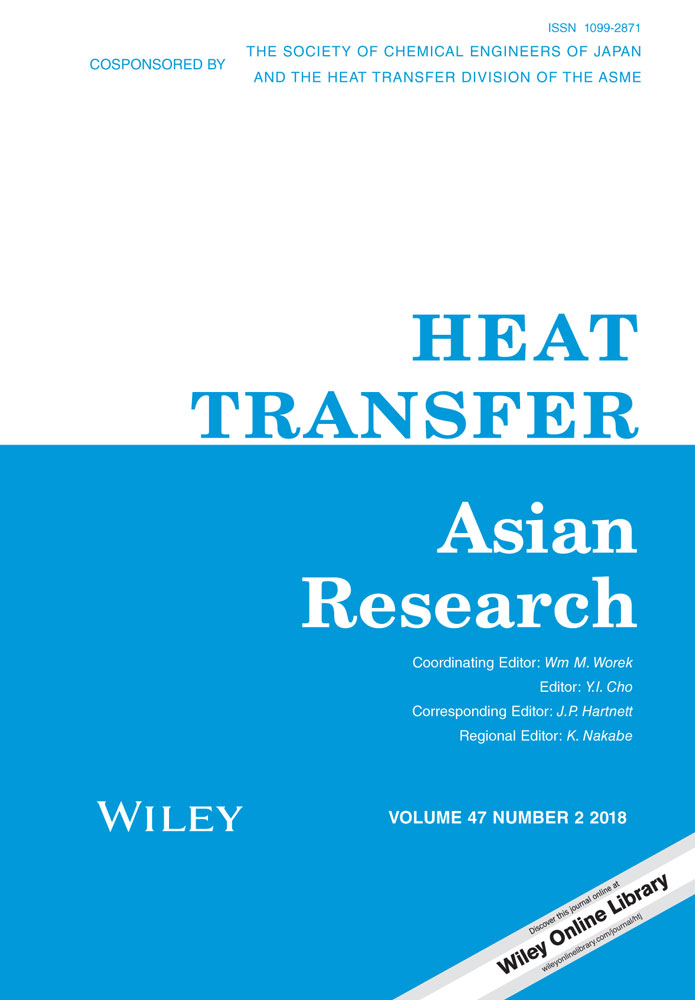A novel method used to study growth of ash deposition and in situ measurement of effective thermal conductivity of ash deposit
Abstract
Ash deposition always brings boilers some trouble due to fouling or slagging. In this paper, a completely controlled system was developed to study the growth of ash deposit. A novel sampling probe was designed to online measure the heat flux through ash deposit. Additionally, the thickness of ash deposit can be obtained by an online figure collecting system. The results of this research showed that as the thickness of ash deposit increased, the heat flux decreased. It was also found that at the initial stage of ash deposition when the thickness of ash deposit is approximately 1 mm, the heat flux through ash deposit had a sharp reduction. An effective method was attempted to situ measure the effective thermal conductivity of the ash deposit in the simulated combustion flue gas. It was found that temperature of the ash deposit layer had no obvious effect on its value. It was concluded that the structure of ash deposit had no obvious change in a short deposition time of 30 min with varied surface temperatures of the probe head between 400 °C and 600 °C.




